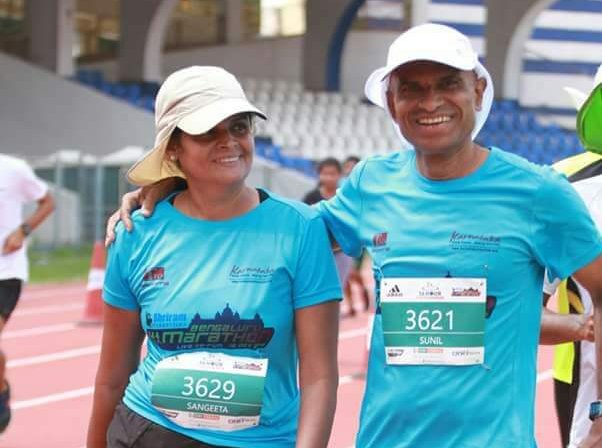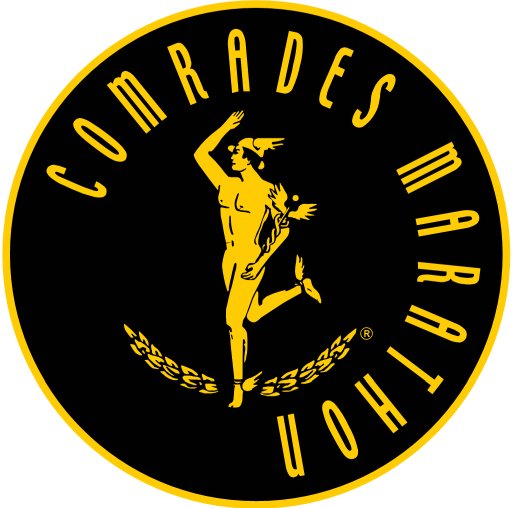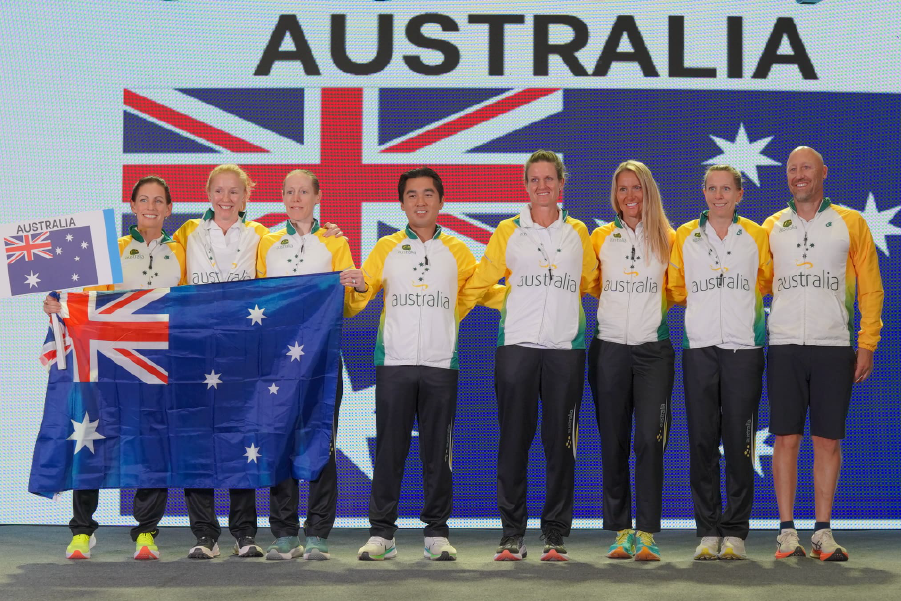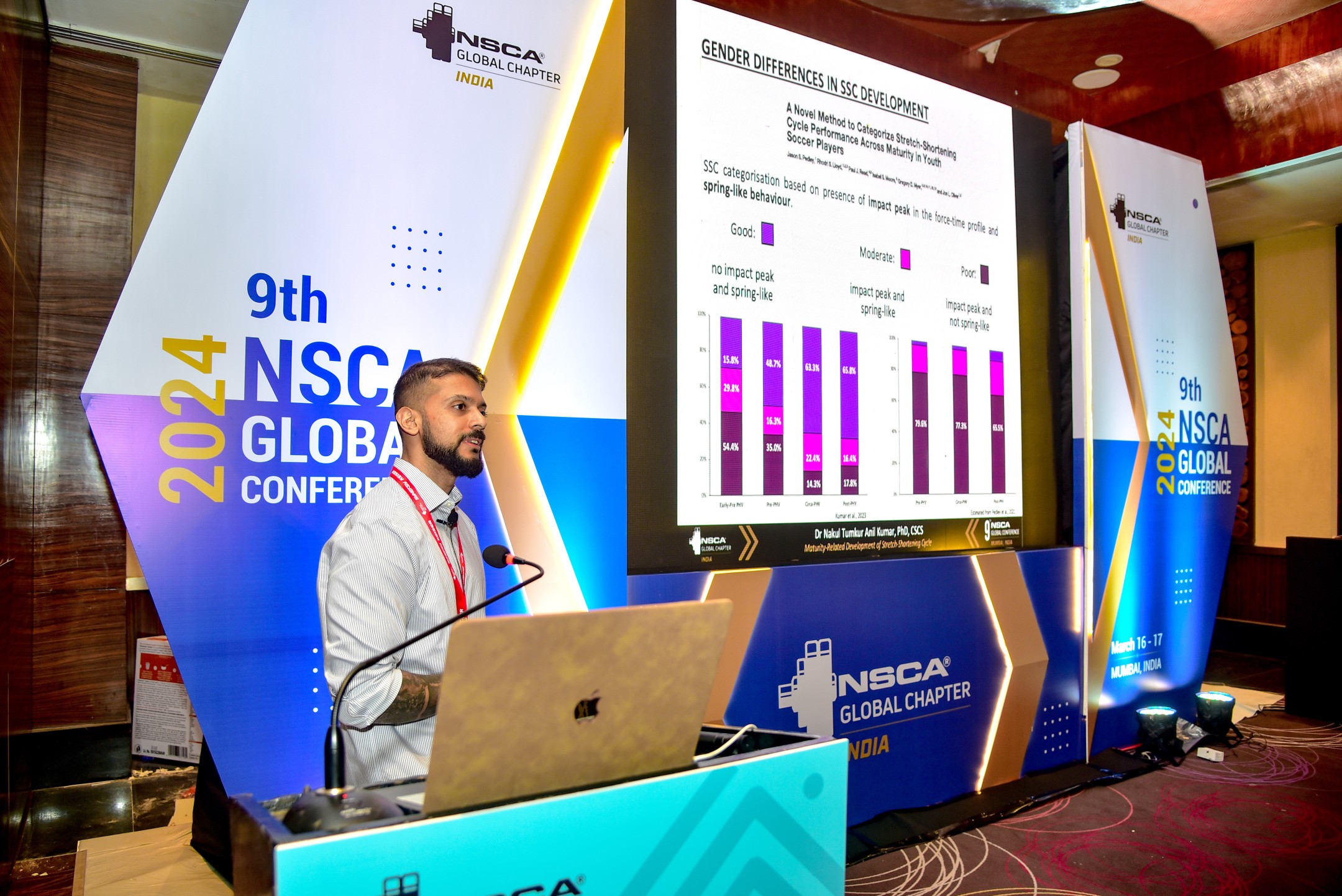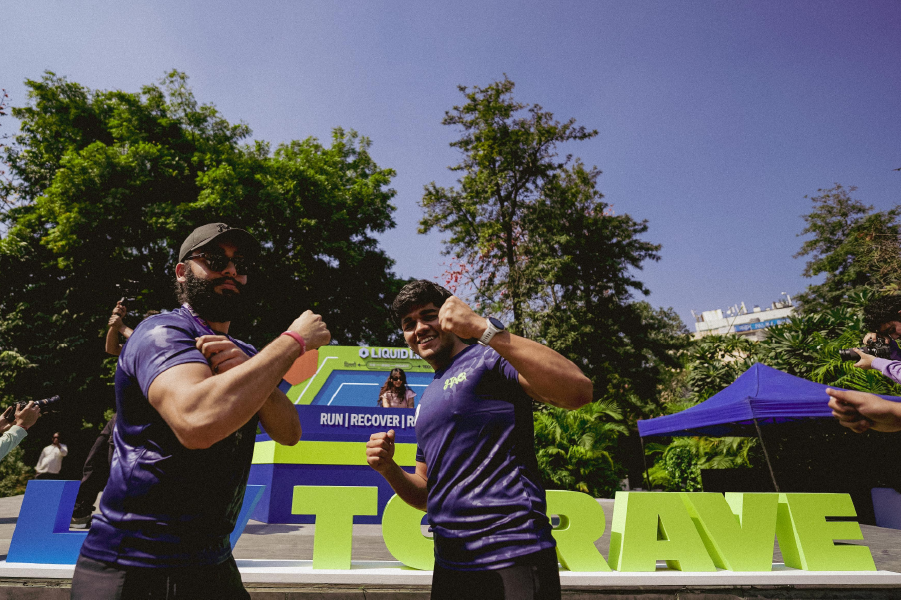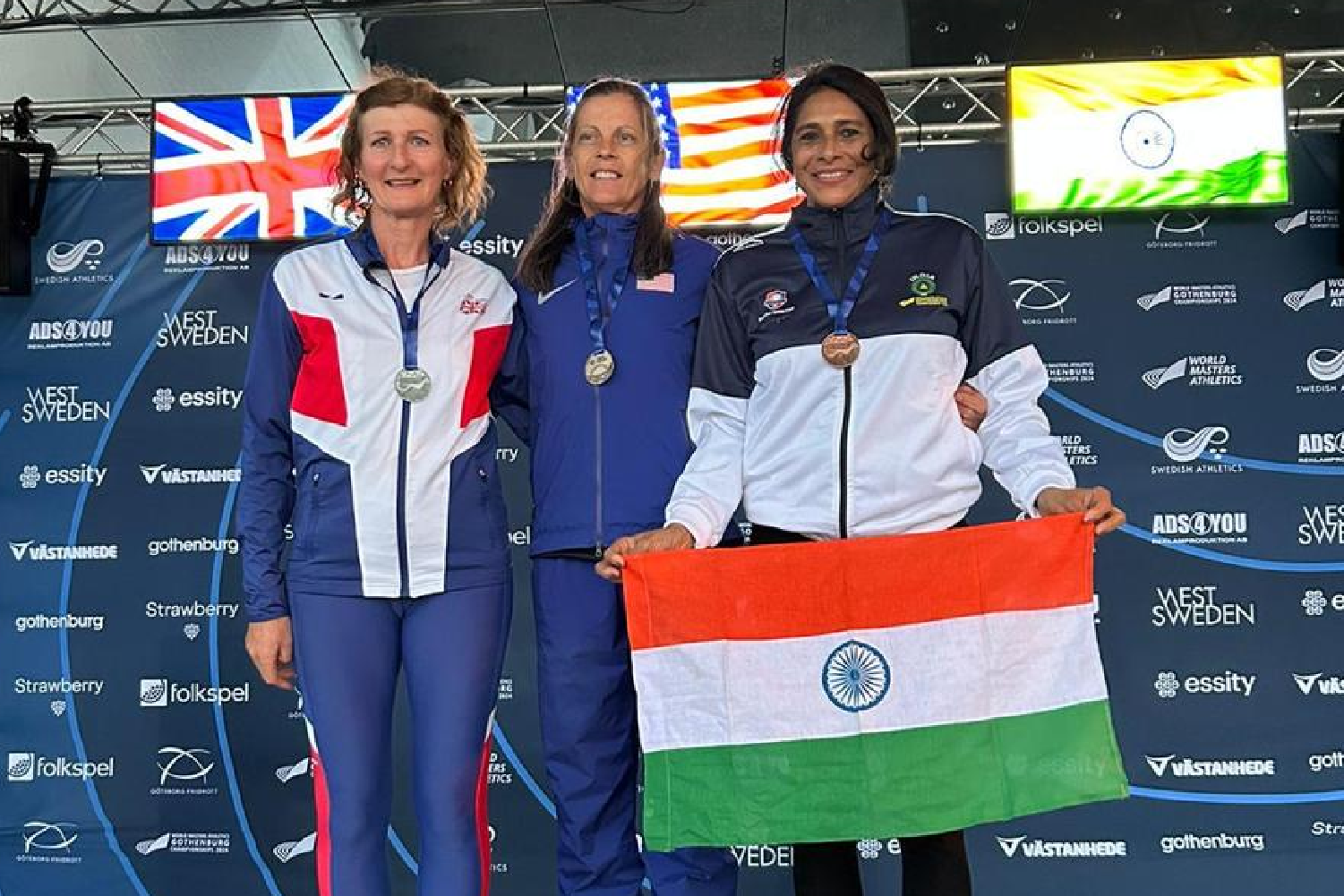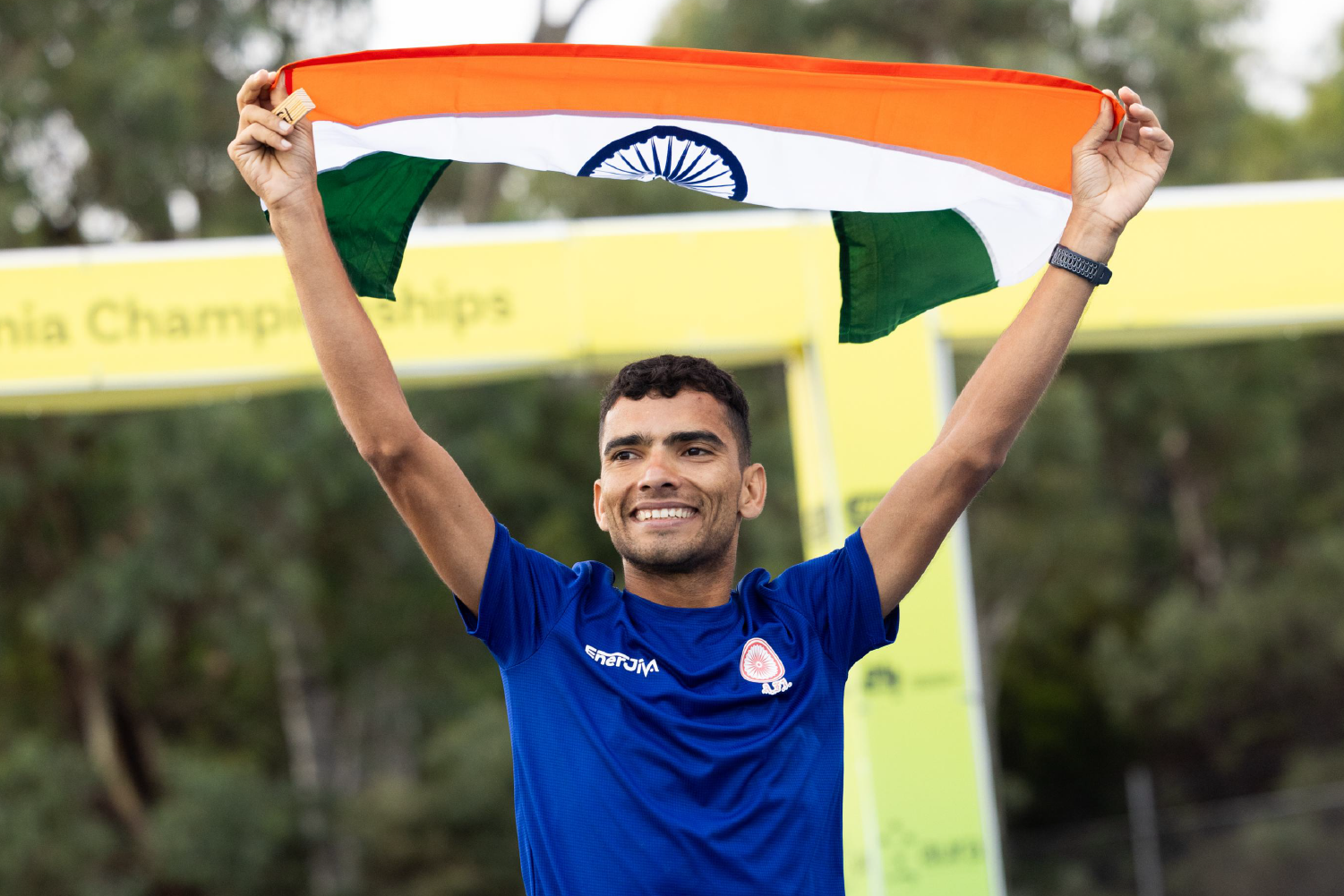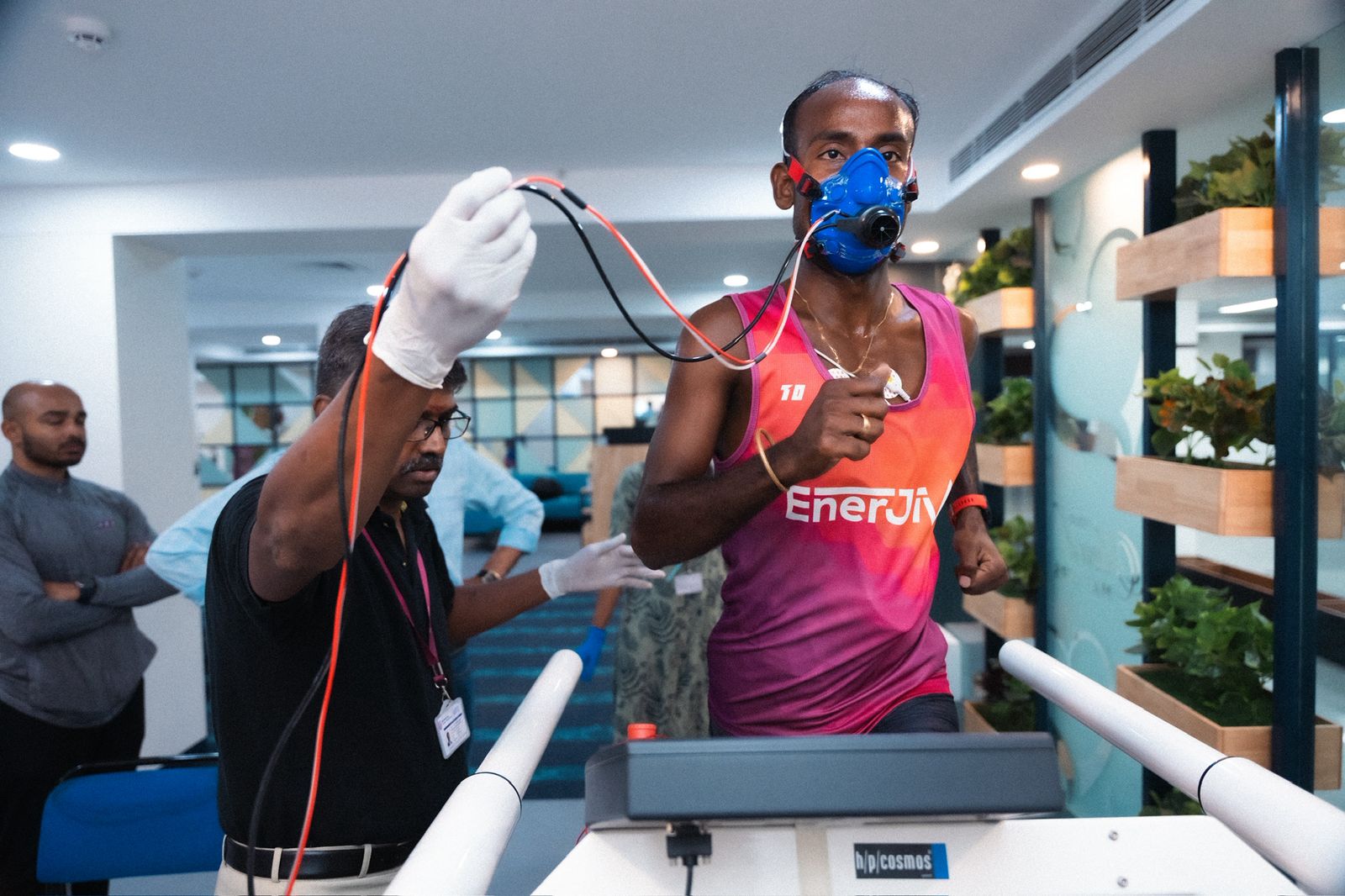
Protocol for Shoe Review
This protocol outlines the approach to objectively assess a review shoe compared to the athlete’s baseline shoe, the ASICS Gel Kayano. The comparison will be carried out in two stages: subjective outdoor and treadmill evaluations, followed by lab-based VO2 max testing.Stage 1: Subjective and Field Testing
Goal
Compare the review shoe against the athlete’s baseline shoe (ASICS Gel Kayano) in controlled (treadmill) and outdoor conditions to assess differences in running experience.Week 1: Treadmill + Outdoor Testing
Treadmill Testing:- Controlled environment to eliminate variability.
- Athlete will run 5km on a treadmill at 10 km/h wearing:
- Review Shoe (with HR monitor)
- ASICS Gel Kayano (with HR monitor)
- Runs will be conducted on two separate days with 72 hours of rest between testing events to minimize fatigue-related variables.
- Athlete will run a preselected 5km route at a consistent pace wearing:
- Review Shoe (with HR monitor)
- ASICS Gel Kayano (with HR monitor)
- Again, a 72-hour rest period will be maintained between these sessions.
- Heart Rate
- Subjective Soreness Levels
- Cadence
- Ground Contact Time (and other gait metrics if available)
- Subjective Notes: Pay attention to post-run soreness, comfort, perceived effort, and any unusual sensations. These are critical for deeper analysis.
Stage 2: VO2 Max Testing and Running Economy Assessment
Goal
Quantify differences in running economy and oxygen consumption between the review shoe and the baseline Gel Kayano using lab-based data. VO2 Max Testing Protocol:- Athlete will undergo a VO2 max treadmill test with gas exchange analysis.
- Each shoe (review and baseline) will be tested separately.
- There will be a 72-hour rest period between each test session to ensure recovery and reduce cumulative fatigue.
- Oxygen consumption at different paces/intensities
- VO2 max
- Respiratory Exchange Ratio (RER)
- Running Economy
- Comparison of physiological responses between the two shoes (not normative VO2 data)
- Identify how each shoe affects running efficiency, fuel utilization, and fatigue resistance




 Abhishek Jagan
Abhishek Jagan